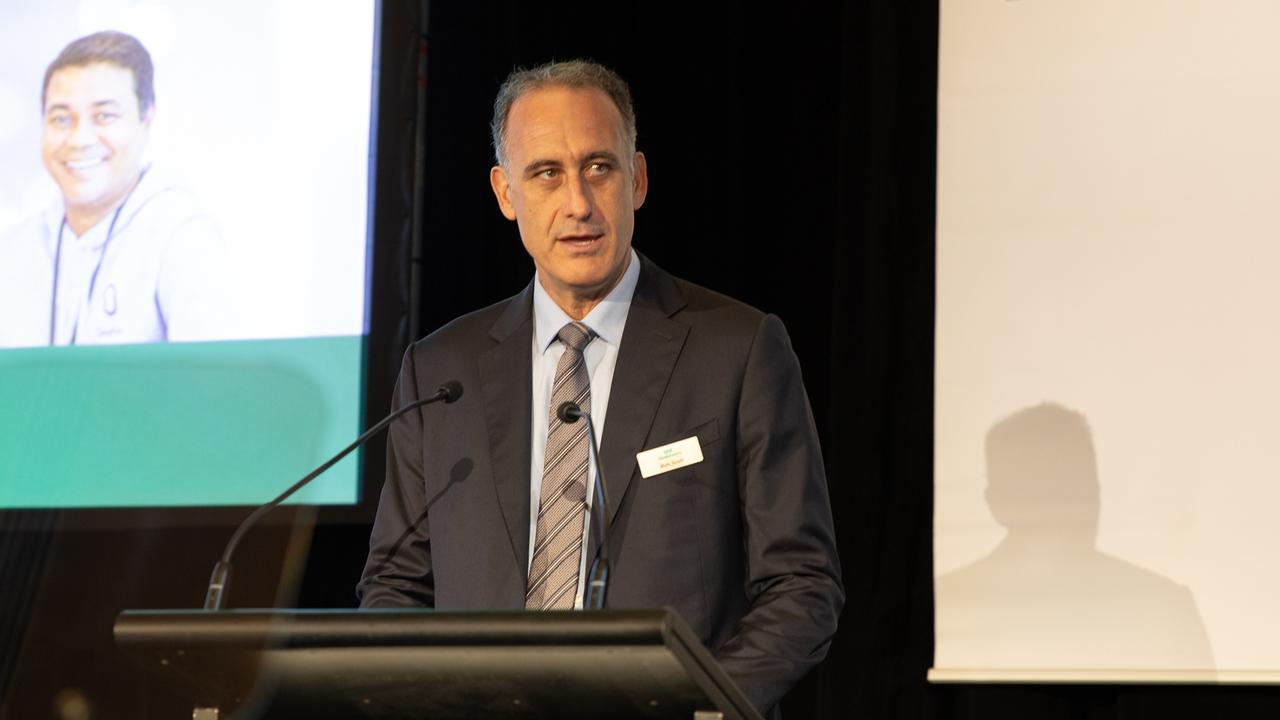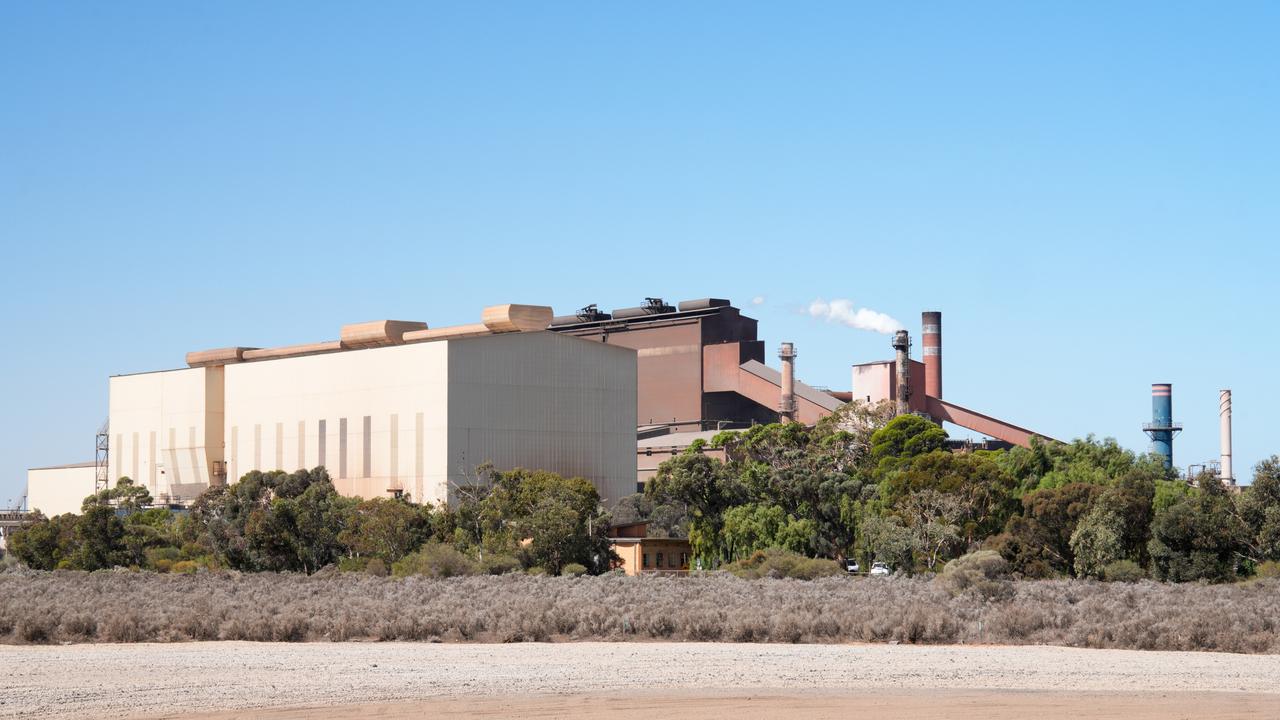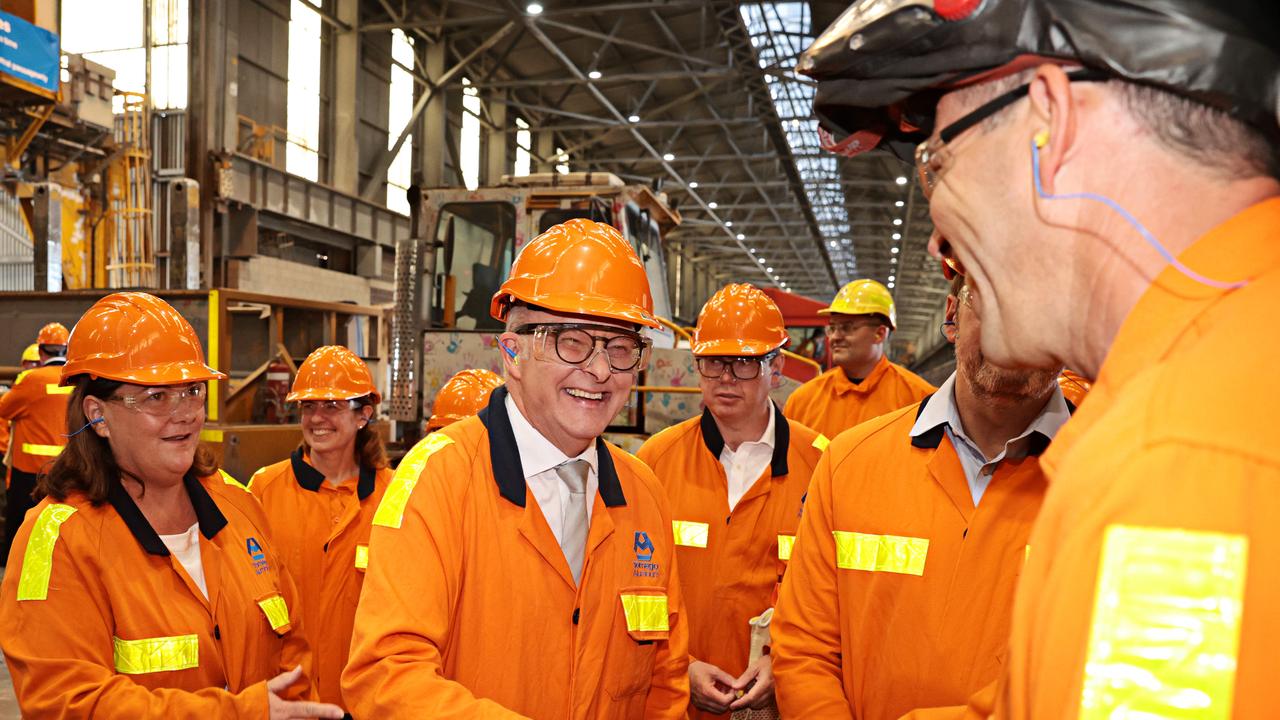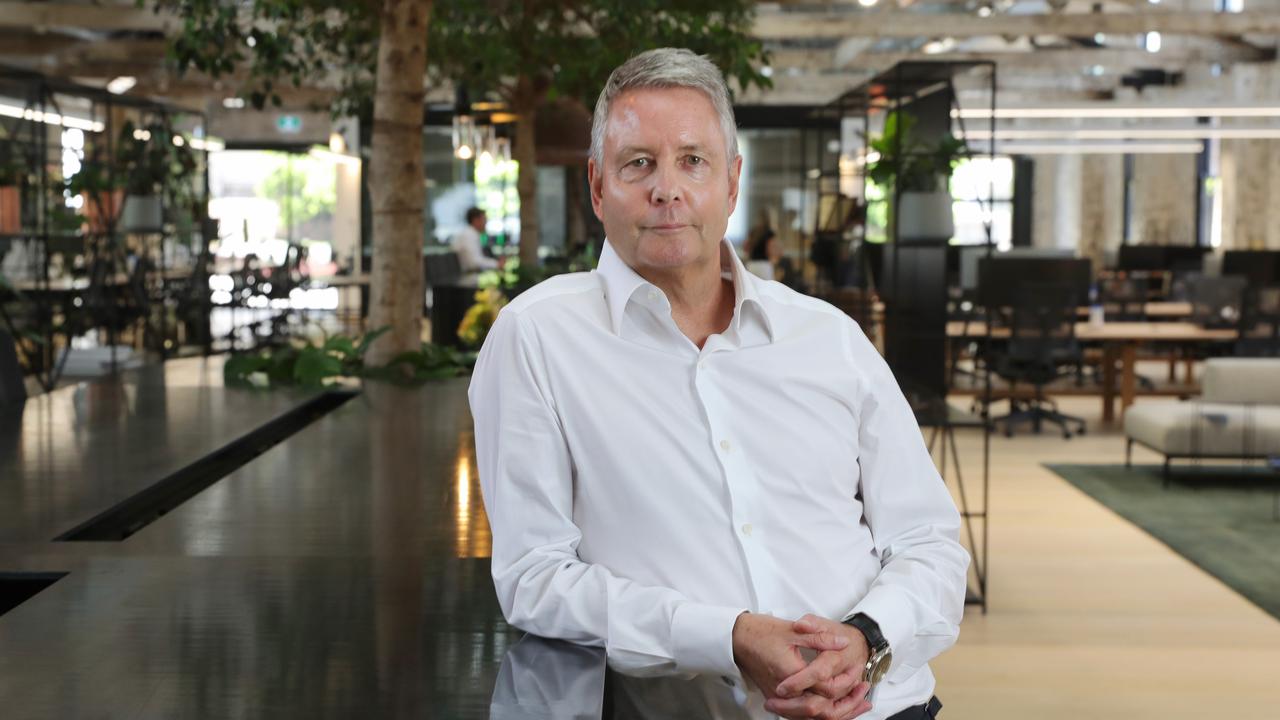Bunnings is Wesfarmers’ biggest strength and weakness
Rob Scott’s conglomerate will be tested when gravity finally catches up with the hardware juggernaut.

Business
Don't miss out on the headlines from Business. Followed categories will be added to My News.
A slowdown in housing construction is a bigger worry for Wesfarmers boss Rob Scott than any for other retailer. His enormous Bunnings machine is so firmly geared to activity among tradies and builders he would feel it acutely.
And that’s a worry for the $84bn Perth-based Wesfarmers, given its fortunes are now so tied to the performance of the hardware juggernaut it created.
Bunnings represents around 60 per cent of Wesfarmers earnings, with the next biggest division Kmart delivering 25 per cent. When Bunnings does well Wesfarmers shines, when it slows – as it is currently – Wesfarmers’ other businesses combined aren’t enough to make up the difference.
In many ways Bunnings has become the tail that wags the conglomerate.
And as the property market shifts down a gear with interest rates high for longer, Scott needs to show the business has plenty of growth ahead of it and the hardware chain isn’t simply being run for all the cash that it spits out.

Even as store rollouts hit critical mass, he argues Bunnings still has more to come.
“I see a very strong pipeline of growth for Bunnings through the next decade,” Scott says.
The big box hardware store is moving into adjacent product lines like pets and smart home connections, and is also rolling out Bunnings Local Delivery. Investments are being made in data and the supply chain to generate more latent growth. In recent months it opened a new Bunnings project for pre-made commercial frame and trusses. However, a steeper construction downturn could hurt the rollout.
In the past year Bunnings posted 0.9 per cent earnings lift to $2.25bn. Sales were up 2.3 per cent. A year earlier earnings were up 1.2 per cent and sales 4.4 per cent.
Wesfarmers’ investors are prepared to back the conglomerate model on the basic understanding that funds generated by one set of businesses are reinvested into new high growth ones (as well as keep paying a healthy dividend).
Big bets
But the Bunnings’ rivers of gold are being diverted into high cost bets into lithium processing where prices have collapsed, and the ongoing losses of e-commerce player Catch. Healthcare too has become a new branch for Wesfarmers led by the recent $760m Priceline pharmacy acquisition and Silk Laser Clinics. The payback on these will be years away. Soon investors will be asking why more isn’t going back into hardware.
Scott has been astute in building value from his core businesses. He made the tough call to tackle Target’s unsustainable footprint before the Covid pandemic reshaped retailing.
He too backed a repositioning of Kmart as a ruthlessly value-based retailer, sensing that cost of living would turn retailing upside down well before inflation took hold.
Today Kmart plays right into the value space and, spurred on by its popular Anko house brand range, it is paying off. The discount department store delivered a 24.6 per cent jump in earnings putting it on track to break the $1bn profit barrier. The profit lift came as revenue was up 4.4 per cent year meaning Kmart is an even more efficient business. Officeworks generated a solid 4 per cent profit lift, but its earnings of $109m won’t move the dial for Wesfarmers. The Catch e-commerce business acquired in 2019 remains under intense pressure. It is still generating losses, some $100m last financial year, as it is being repositioned as an online market place and fulfilment business.
Scott points out under a conglomerate model it is rare for everything to be firing at the same time. That is also its strength, he adds.
“There are always some areas that are going really well. There are some areas that are work in progress, and there are some areas that need fixing,” Scott tells The Australian.
“The good thing is that the big parts of our group, the big divisions I feel, are performing exceptionally well. The areas where we’re taking a more patient view, the areas of health and lithium, the returns from those will come through over the next three to five years.
“That’s the thing within Wesfarmers, we’ve had the capacity within our broader group to make some of those longer-term bets. You don’t want to make too many of them, but I’m still very confident that health and lithium will start to deliver some good earnings.”
Originally published as Bunnings is Wesfarmers’ biggest strength and weakness







